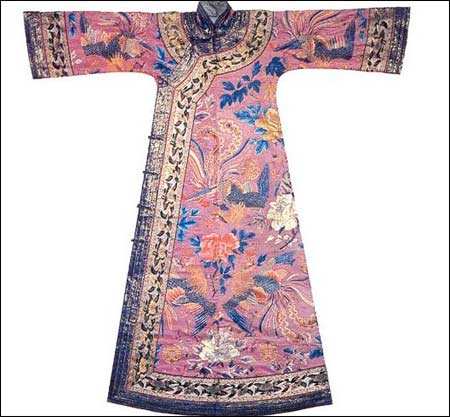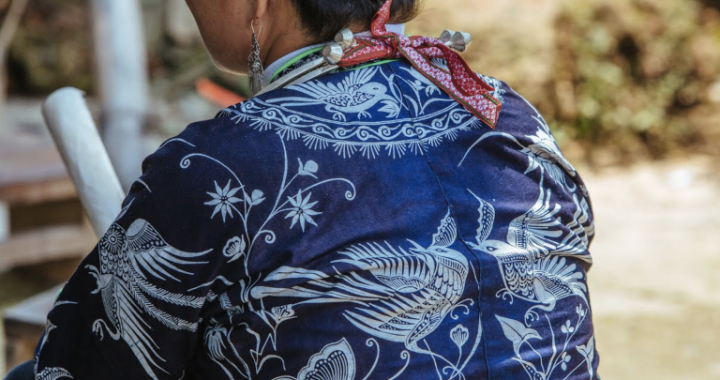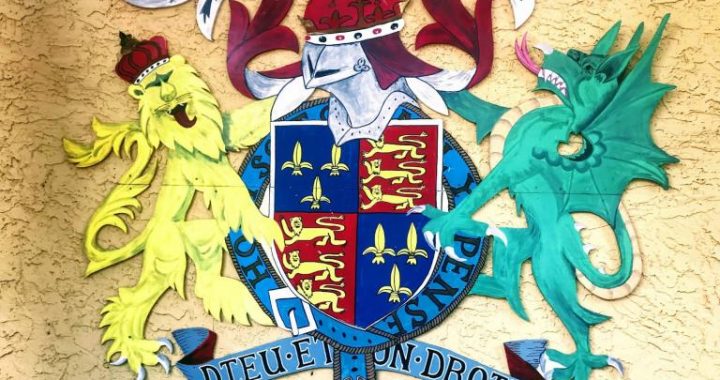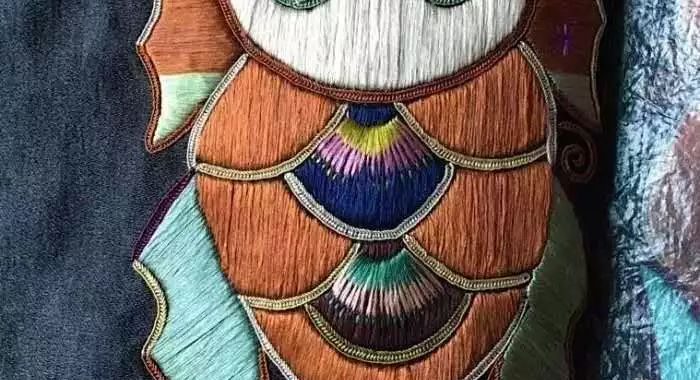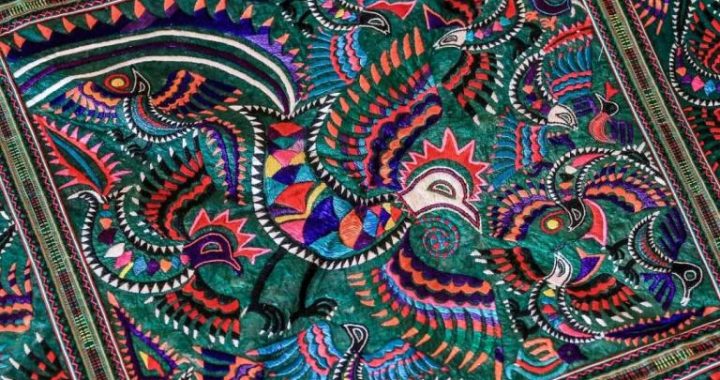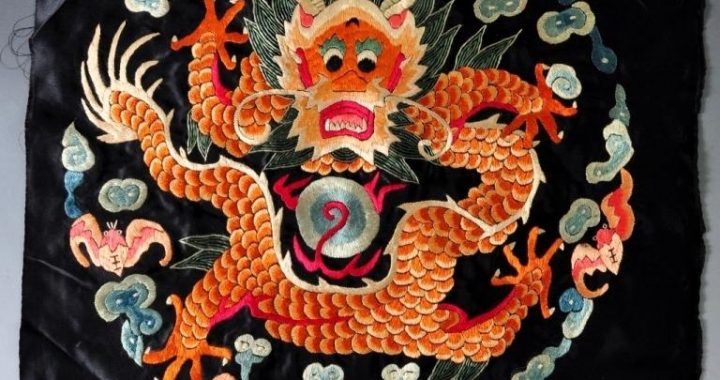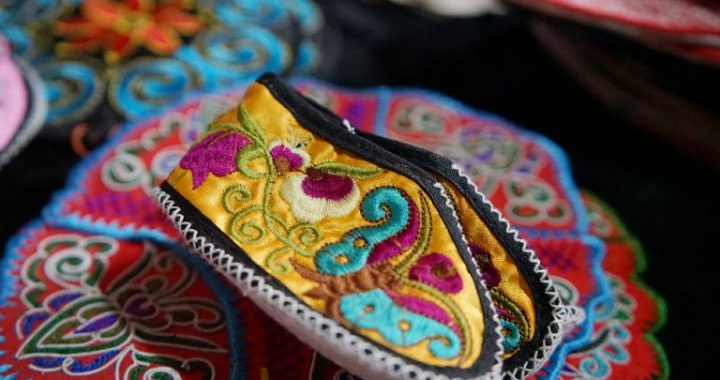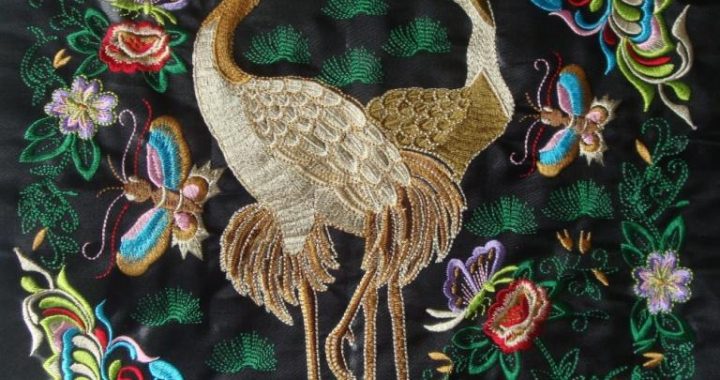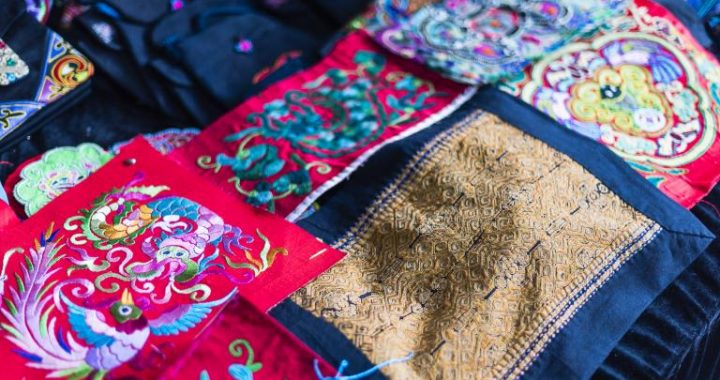Manchu Attire
2 min readThe dress of the Manchu nationality is mainly the dress of Eight Banners, also known as Manchu attire. Material saving, simple making and easy wearing are its main advantages. Depending on these advantages, the Manchu attire replaced the ancient skirts and became the main dress in the late Qing dynasty. By now, the Manchu attire with these advantages is still quite popular. The Manchu attire shaped like rectangle outside and its saddle-shaped collar could cover face. The Manchu attire is complete and precise in style and shaped like a closed box, thus the whole dress is elegant, noble, and unique, giving the common people a deep impression.
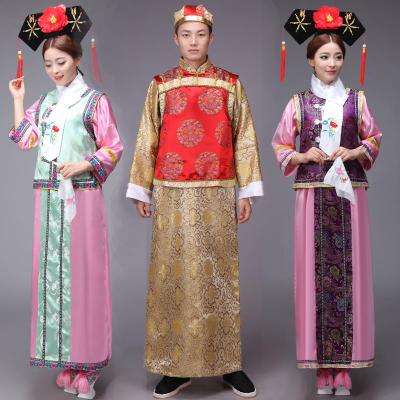
Pipajin (Chinese garment with no right front), Dajin (Chinese garment which buttons on the right) and Duijin (Chinese jacket with buttons down the front) werethe common patterns of the Manchu attire or short jacket of the Qing dynasty. For the purpose of beauty and harmony, the skirts or trousers matching with the Manchu attire and short jacket were often designed with the most popular techniques of that time, such as printing flowers, embroidering flowers, making pleats, etc. In addition, the edging and embroidery were used for decoration on the front side, cuff, and collars. In the early Qing dynasty, there wasn’t much dress difference between men and women of the Manchu nationality, except that only women could get their ears pierced and wear bobs. At that time, women could wear bobs only after marriage and should wear a shock of hair before marriage. Women of the Manchu nationality didn’t bind their feet, nor did they wear skirts. They wore a waistcoat over the jacket, and a small piece of clothes inside the coat, which was quite similar to the bellyband worn by women of the Han nationality, which boasted similar functions with modern bra.
